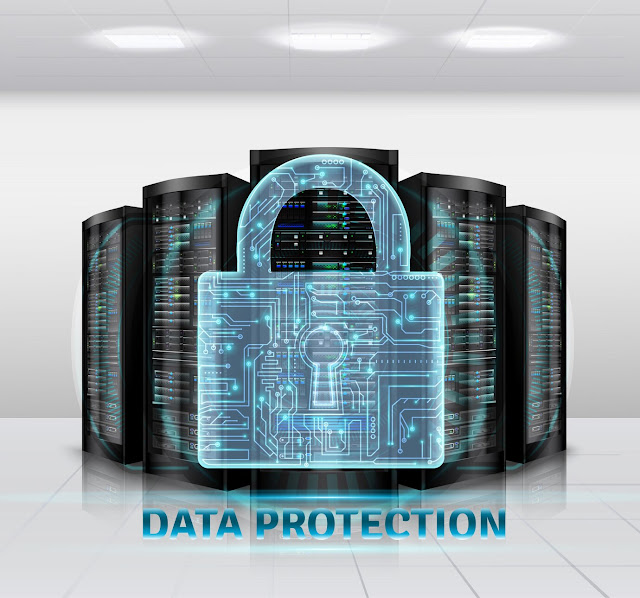Cybersecurity in the Workplace: Best Practices for Employees and Employers
'Cybersecurity in the workplace' is a shared responsibility between employees and employers. With cyber threats evolving at an alarming rate, both employees and employers must understand and implement best practices to safeguard their workplace from potential cyber-attacks.
Here are some of the most effective strategies that can be employed to enhance cybersecurity in the workplace.
1. Employee Training and Awareness
Employees are often the first line of defense against cyber threats. Investing in comprehensive cybersecurity training programs for employees is imperative. These programs should cover topics such as recognizing phishing emails, avoiding suspicious downloads, and creating strong passwords. Regularly updating employees about the latest cyber threats and promoting a culture of awareness can significantly reduce the risk of successful cyber attacks.
2. Implement Strong Password Practices
Passwords remain a fundamental aspect of cybersecurity. Employees should be encouraged to use unique, complex passwords that include a combination of uppercase and lowercase letters, numbers, and special characters. Enforcing regular password changes and enabling multi-factor authentication (MFA) further strengthens the security of employee accounts.
3. Secure Network Infrastructure
Employers should ensure that their network infrastructure is properly secured. This includes setting up firewalls, using secure Wi-Fi networks with strong encryption, and regularly updating network devices with the latest security patches. Additionally, establishing a Virtual Private Network (VPN) for remote workers can provide an added layer of security when accessing sensitive company resources.
4. Data Encryption and Backup
Data encryption is essential for protecting sensitive information from unauthorized access. Employers should encourage the use of encryption tools to secure both data at rest and data in transit. Regular data backups are equally important, as they enable businesses to recover quickly in the event of a data breach or ransomware attack.
5. Restrict Access and Implement Least Privilege
Employers should adopt the principle of least privilege, granting employees only the minimum level of access necessary to perform their job responsibilities. Regularly review and update user access permissions to ensure they align with the principle of least privilege. This helps minimize the impact of potential insider threats and limits unauthorized access to critical systems and data.
6. Regular Software Updates and Patch Management
Outdated software and unpatched vulnerabilities pose significant security risks. Employers should implement strict policies for regularly updating operating systems, applications, and security software. Automated patch management tools can streamline this process, ensuring that all systems are up to date and protected against known vulnerabilities.
7. Use of Antivirus and Anti-Malware Solutions
Employers should deploy reputable antivirus and anti-malware solutions on all company devices. Regularly update these solutions to keep up with emerging threats. Encourage employees to run regular scans and report any suspicious activity to the IT department promptly.
8. Secure Remote Work Environments
With the rise of remote work, securing remote environments has become critical. Employers should provide guidelines for securing home networks and remote devices. This may include using strong Wi-Fi passwords, enabling firewall protection, and implementing secure remote access methods, such as VPNs, to protect data transmitted between remote devices and company systems.
These practices go a long way in safeguarding sensitive information and maintaining business continuity. Following them, both parties can contribute to creating a secure work environment.
Remember, staying vigilant and proactive is key to effectively combating cyber threats in the workplace.
Was this helpful?
Stay ahead of cyber threats with the SmartComplyApp.
Follow us across our social media platforms (Facebook, Instagram, LinkedIn, Twitter) to learn more from us. SmartComplyApp.



Comments
Post a Comment